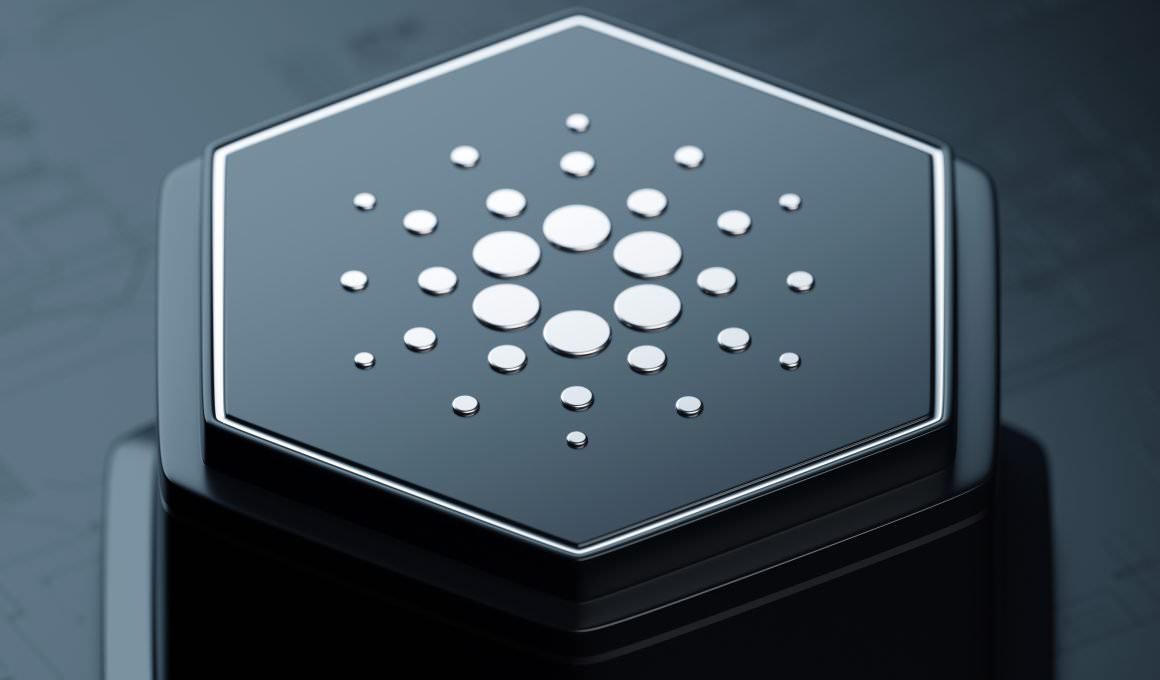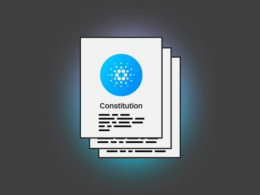The Ethereum network has received unprecedented mainstream attention of late. For anyone not in the know, the network was the first to bring viable smart contracts to the cryptocurrency space. Since its inception in 2015, it has driven innovation around the technology, including notable use cases in prediction markets and lending and borrowing.
As more smart contract projects reach maturity, hype cycles have driven the adoption of decentralized finance (DeFi) protocols and non-fungible token (NFT) marketplaces. Website defipulse.com currently reports $70 billion locked in DeFi projects, and earlier this year, internet artist Beeple’s EVERYDAYS: THE FIRST 5000 DAYS NFT project sold for an eye-popping $69 million.
Congestion and Fees
Nevertheless, the Ethereum network’s “move fast and break things” development ethos has resulted in significant issues limiting usability. The network’s heretofore limited scalability has caused severe congestion resulting in excessive fees—denominated in Eth—for even trivial transactions. A recent surge in the underlying asset price means new users are enduring even greater fiat costs.
A natural counterpoint to this criticism is that scaling solutions are on their way. Yet, these layer two solutions represent serious execution risk. For instance, the widely popular Uniswap decentralized exchange (DEX) supports billions of dollars in weekly trading volume. However, it remains unclear whether this liquidity will be fractured when the DEX migrates to layer two.
The Cardano blockchain was designed with these shortcomings in mind. Importantly, this so-called third-generation blockchain protocol implements a layered structure separating transaction processing and data storage. This lightweight architecture allows for minimal transaction fees and cheaper implementation of smart contract functionality.
Cardano’s ledger further supports native token functionality meaning assets can be transferred with minimal computational overhead and lower fees. This is opposed to Ethereum, where asset transfers require expensive modification of the associated smart contract.
ERC-20 Token Converter and Testnet
Dapps and businesses using Ethereum’s ERC-20 token standard will soon have access to Cardano’s functionality, IOHK reported in a recent blog post. An ERC20 converter tool will allow token issuers and token holders to move ERC20 tokens to the Cardano network.
The blog post noted:
“Users can convert their Ethereum tokens in just a few clicks, and when moved across, these tokens will be ‘translated’ into a special native taken on Cardano that has the same value and works just like an ERC20. Additionally, if the user wishes to do so at a later stage, they can move their tokens back to the source network by burning them on Cardano. Two-way convertibility is baked in.”
The post continued:
“[IO Global] will soon spin up a version of the ERC20 converter tool on a dedicated testnet. IO Global is currently working with partners for migration to Cardano, and SingularityNet will be the first of these. The ERC20 converter will introduce a new SingularityNET AGIX token, the deployment of which marks the first milestone in the SingularityNET to Cardano Migration plan. The initial testnet will allow users to assess the process of migration while working with AGIX tokens both in Cardano and Ethereuem Kovan testnets.”
A Walk-through
The converter forms a direct bridge to the Ethereum network and allows its users to experience extended functionality on Cardano. Moreover, the user experience is surprisingly seamless. The tool has an easy-to-use dashboard and can interface with the MetaMask Chrome extension. Due to this integration, conversions require only a few mouse click.
In the October 2020 monthly update, Product Manager Vukašin Vukoje performed a quick demo of the product:
The full video is available here.
Vukašin explains three ways to convert a token: airdropping the token on the destination network, burning the token on the source network and minting one on the destination chain, and, in the case of the ERC20 converter, locking the token on the source network and releasing it on the destination network. Vukašin continues the demo connecting a MetaMask wallet, selecting the balance of AIG tokens to convert, and performing the locking transaction. He also explains how issuers and users can register tokens for conversion.
All in all, the converter testnet marks the latest development in the Cardano ecosystem. With Plutus and smart contract functionality around the corner in the Alonzo hard fork, the ecosystem will soon realize the promise of years of intense R&D. Stay tuned to the May installation of Cardano 360, set to air May 27th, for more details and further announcements.











Has the Cardano ERC-20 Ethereum converter bridge launched yet? Please add the URL. Thanks!